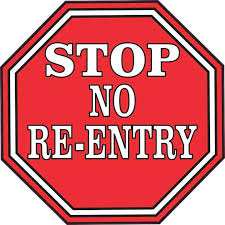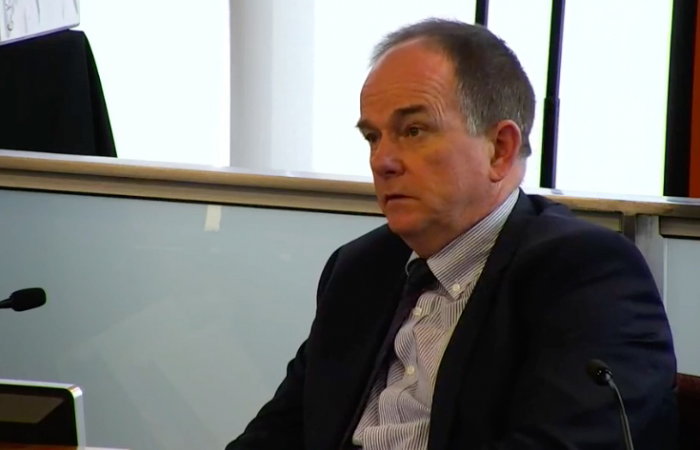
May 30th 2018 MRE Gas Monitoring Comments North Goonyella
Inspector Brown Audited the North Goonyella 9Nth Panel 2nd Workings Standard Operating Procedures in November 2016.
Inspector Brown identified multiple deficiencies in Spontaneous Combustion Management elements, Borehole Management, Change and Risk Management.
As well there is the indicated Audit of the Gas Monitoring PHMP post March 2018 conducted by Inspectors Marlborough, Brown and Gouldstone
The comments taken and collated below need to be considered in the full knowledge of the Level 4 Meeting with SSE Carter and UMM Romanski on the 20th November 2017 and the Level 3’s on the 6th and 7th of February 2018 in response to Investigation Findings which Include
- Inconsistent alarm responses with the application of TARP’s 024 and 025.
- Inadequate investigations into triggered alarms from tube bundle monitoring points.
- Inconsistent inspection and recording of environmental readings for the Tailgate. This also includes goaf stream sample results at the time of taking this sample.
- No evidence on the statutory officials reports of re-inspecting the work area after the withdrawal of coal mine workers due to the TARP level being triggered.
- The undertaking of Ventilation Changes on night shifts when TARP triggered elevated methane events have occurred.
GAS MONITORS
30th May 2018
9 Nth LW
The outbye end of the TG was untidy. Neither of the last two sealed stubs at CT 1 & 2 were effectively ventilated with the brattice wings in poor repair, evidence of vehicle access in the first and “both showing sweating at the roof level which I was assured was the norm”. The ERZC undertook to correct the matter.
It is important, in particular, that this area is maintained properly in all aspects as it will continue to be a high activity area for siting the E-frame and subject to abutment pressure where faulting is known to be present.
The two gas monitors one in the take-off road and the second the Longwall 9N inbye monitor were examined. the first was hung by a hook over roof mesh and too high to read, footprints on pipes stacked below was evidence of persons climbing to view the displays. The second was covered in dust but equipped with a lowering rope to bring it into view.
The best standard for such monitors include a board showing identification number, location, last calibration date, by whom, and when positioned. They should be easily visible, and truly representative of the general body contents they are intended to measure. If circumstances mean that they need to be lifted out of harms way then there should be a safe means of reading the display.
The goaf-stream, meeting the longwall airstream, was creating a typical condensation cloud to show that it was positioned alongside the beam of the last face support precisely on the TG and faceline intersection.
The same area is where the pipe hanging brackets are installed providing a high risk of incendive sparking when the shearer cuts out at the T – is there a logical alternative bracket or pipe position?
10 S Development
We then travelled to 10S Development. In doing so we repeatedly had to stop and circle back to take an alternative route due to large loads such as longwall monorail sleds that were in transit.
On entering 10S Development we observed the ERZI/NERZ boundary monitor. The monitor was hung in a high area of the roadway at a height of approximately 4 to 5 m from the floor.
It was not possible to see the reading on the monitor’s display and weekly calibration testing would have had to have been done from a man basket, The Mine should develop a standard for the installation of gas monitors.


